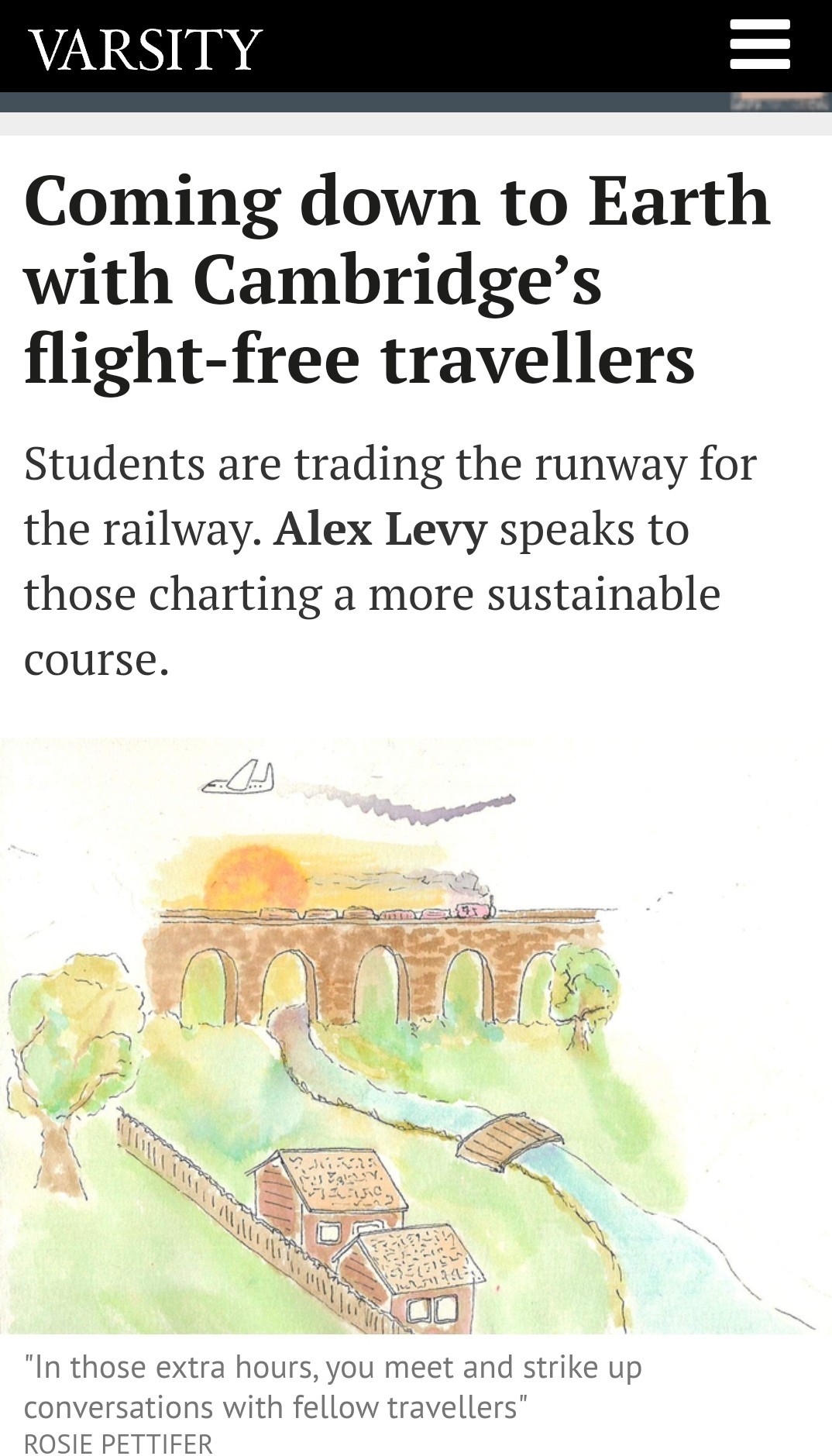@atrielienz let's look at writing computer code. LLMs used public copyrighted code to get really good at writing code blocks. That's like 85% of my job, but I don't care that they are making me obsolete because that means I can now spend more time figuring out how to do better science.
Artists should do the same. Anything that could be adequately created by thinking of a good text prompt should be done in 10 s and spend the rest of the time on hard creative stuff 🤷♀️

@atrielienz ok, this is just insulting. I write code ONLY because I want to create things. I have dozens of open source projects that I've built over the years. But I don't care about writing the code even though it's fun sometimes.
I write the code to create the thing. And if artists cared about creation they'd use whatever tool they could. The only reason to not want an AI alternative tool is to create a moat to keep getting paid for work that could be made cheaper.